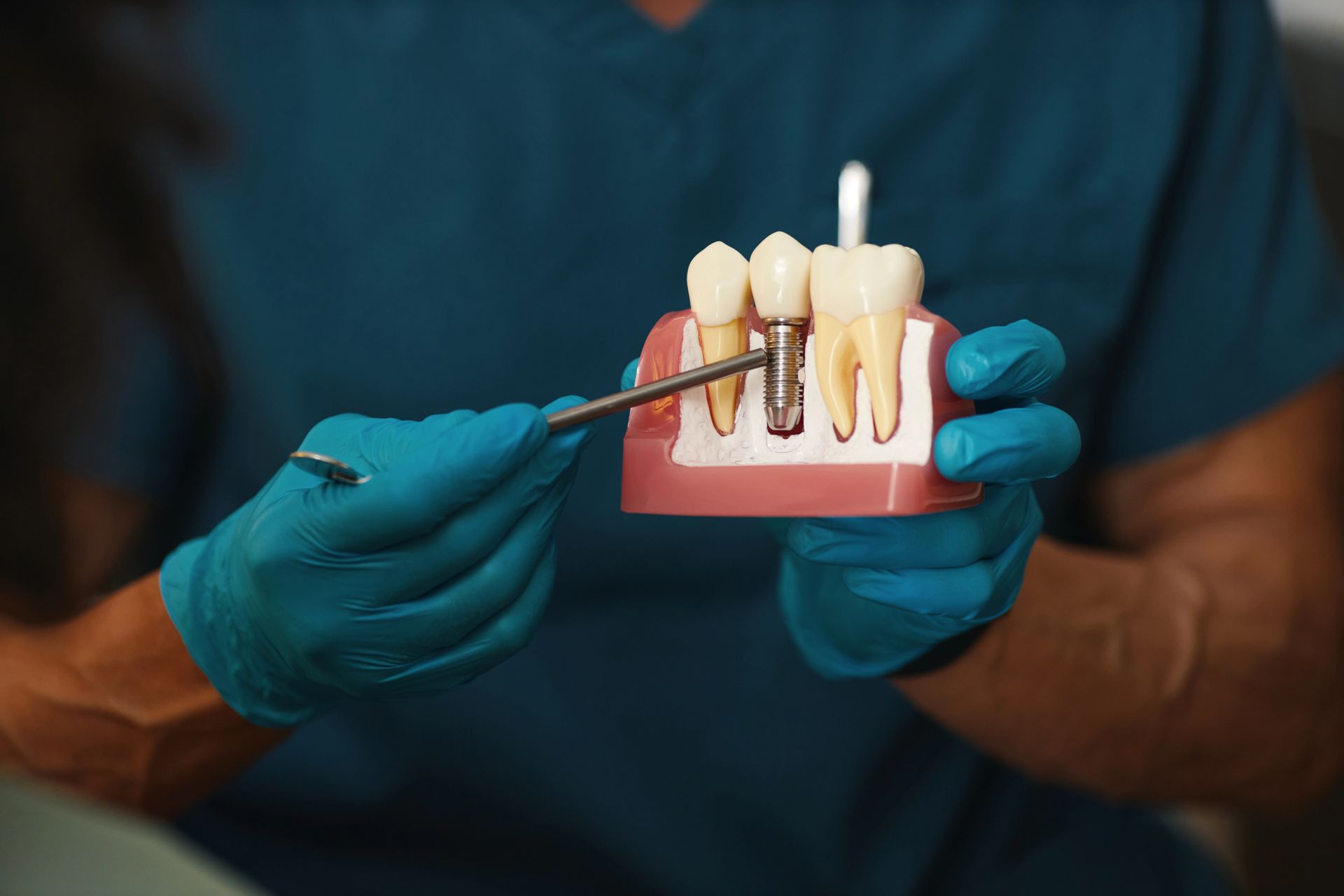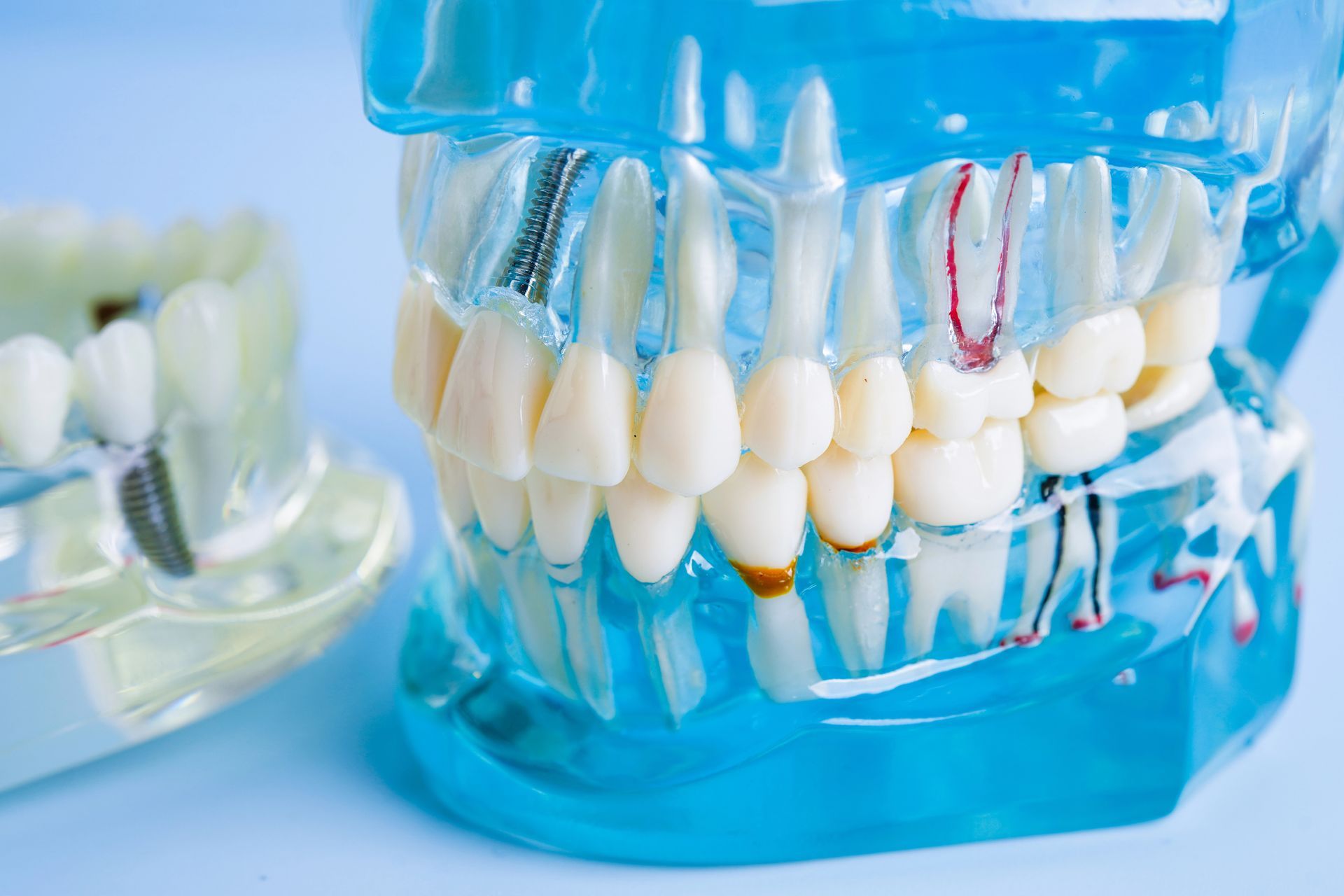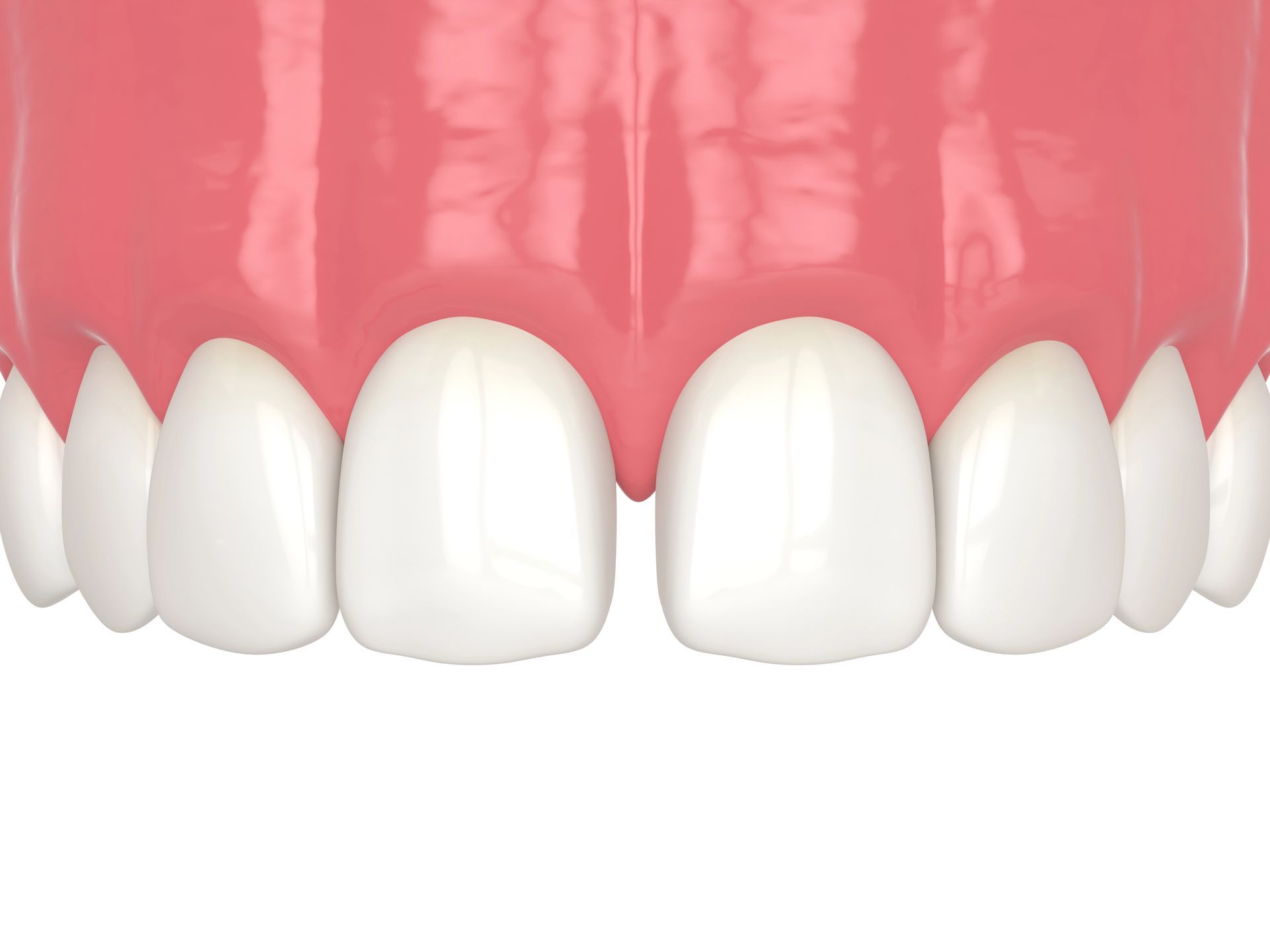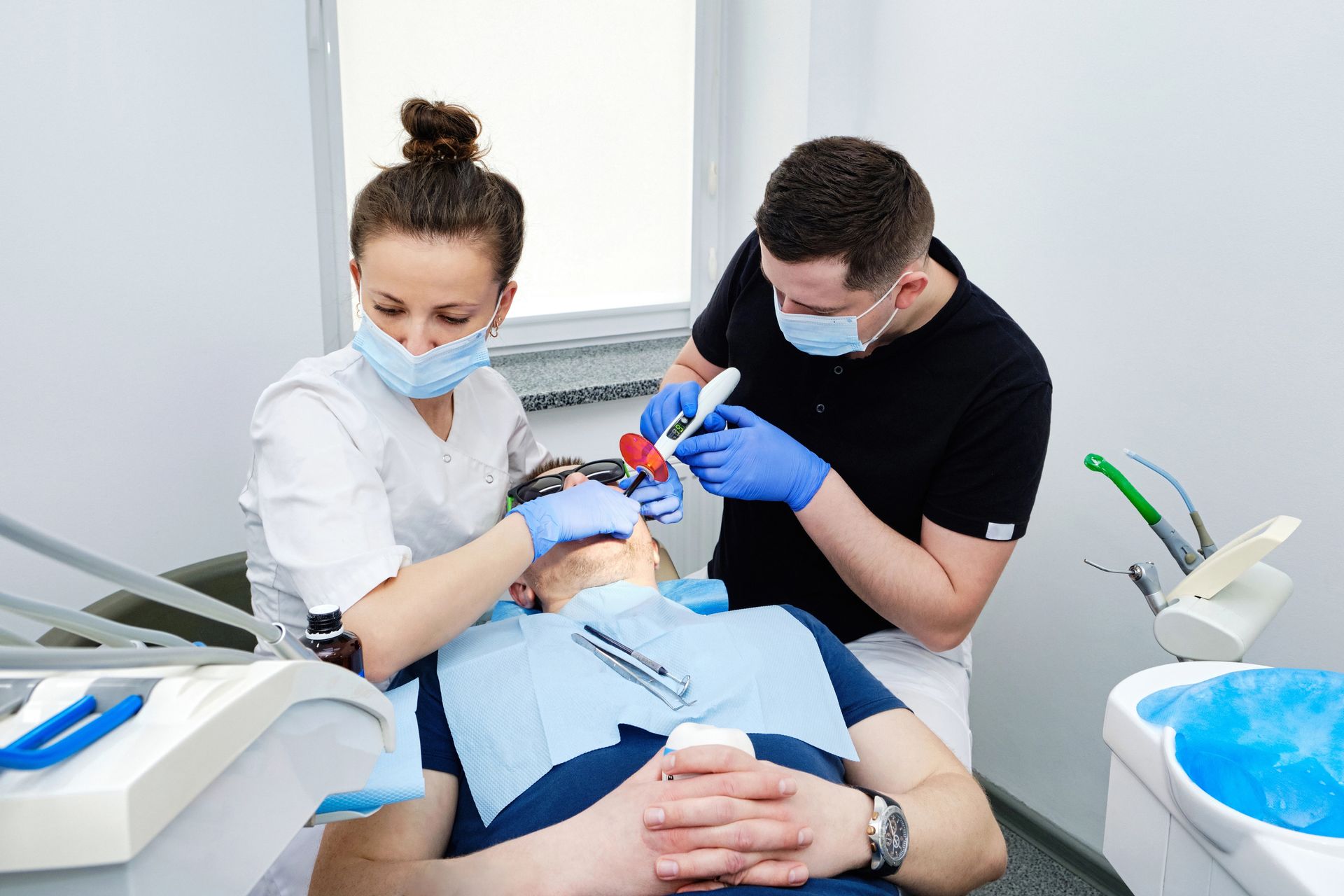Are you curious about the different types of dental veneers and wondering how long they last? Typically, dental veneers can last anywhere from 10 to 15 years, depending on various factors such as maintenance and material quality. Understanding these factors can help you appreciate the durability and lifespan of dental veneers.
How Long Do Dental Veneers Last?
The average lifespan of dental veneers is a common concern for many individuals considering this cosmetic dental solution. Typically, dental veneers can last anywhere from 10 to 15 years, depending on various factors such as the type of material used and the individual's oral hygiene practices. Porcelain veneers are known for their durability and resistance to staining, often outlasting composite veneers, which may require replacement sooner. Understanding the longevity of dental veneers can help individuals make informed decisions about their dental care.
When asking "How long do dental veneers last?" it's important to consider the materials used in their construction. The choice between porcelain and composite materials can significantly impact the lifespan of the veneers. Porcelain veneers are generally more durable and aesthetically pleasing, while composite veneers offer a more cost-effective solution with a shorter lifespan. For more detailed information on the materials used in dental veneers, you can explore our article on What Are Dental Veneers Made Of? Key Materials Explained.
Factors Affecting Veneer Longevity
The question of "How long do dental veneers last?" is influenced by several factors that can vary from person to person. One of the primary considerations is the material used in the veneers. Porcelain veneers, for instance, are known for their durability and resistance to staining, which can contribute to a longer lifespan compared to other materials. Additionally, the skill and experience of the dental professional applying the veneers play a crucial role in ensuring their longevity. Proper application and fitting can significantly reduce the risk of chipping or detachment over time.
Another important factor is the individual's oral hygiene practices and lifestyle choices. Regular dental check-ups and maintaining good oral hygiene can help extend the life of dental veneers. Habits such as teeth grinding or using teeth as tools can negatively impact their durability. Furthermore, dietary choices, such as consuming foods and beverages that stain or damage teeth, can also affect how long veneers last. For more information on dental veneers, you can visit our page on Columbia Veneers.
Types of Veneers and Durability
When considering the question, "How long do dental veneers last?" it's essential to understand the different types of veneers available and their durability. Dental veneers typically come in two main types: porcelain and composite resin. Porcelain veneers are known for their strength and natural appearance, often lasting between 10 to 15 years with proper care. On the other hand, composite resin veneers are generally more affordable but may have a shorter lifespan, usually around 5 to 7 years. The durability of each type can vary based on factors such as oral hygiene practices and lifestyle choices, which can influence how long dental veneers last for each individual.
Maintenance and Veneer Lifespan
When considering how long dental veneers last, it's essential to understand the role of maintenance in their lifespan. Dental veneers are designed to be durable, but their longevity can be influenced by how well they are cared for over time. Regular dental check-ups and proper oral hygiene practices are crucial in maintaining the appearance and function of veneers. While veneers are resistant to stains and damage, neglecting oral health can lead to issues that may shorten their lifespan. On average, dental veneers can last anywhere from 10 to 15 years, but this can vary based on individual habits and care routines. For those interested in learning more about dental veneers and their maintenance, Design Dentistry Columbia offers insights into these aspects. To explore further, visit your local Columbia Dentist.
Signs of Veneer Wear and Tear
Over time, dental veneers may begin to show signs of wear and tear, which can affect their appearance and functionality. Common indicators include discoloration, where the veneer may lose its original shade and appear dull or stained. Chipping or cracking is another sign, often resulting from regular use or accidental impact. Additionally, veneers might start to feel loose or become misaligned, which can be noticeable when speaking or chewing. These signs are natural as veneers age and are subjected to daily activities, highlighting the importance of being aware of their condition over time.
Comparing Veneers to Other Options
When considering the question, "How long do dental veneers last?" it's essential to compare them with other dental options. Veneers are known for their durability and aesthetic appeal, often lasting several years with proper care. In contrast, other dental solutions may offer different lifespans and benefits, depending on the material and application. While some alternatives might require more frequent replacements or adjustments, veneers provide a balance of longevity and visual enhancement that appeals to many seeking a lasting smile transformation. Understanding these differences can help in making informed decisions about dental care.
Veneer Replacement Frequency
When considering the question, "How long do dental veneers last?" it's important to understand that veneer replacement frequency can vary based on several factors. Generally, dental veneers are designed to be durable and can last anywhere from 10 to 15 years, depending on the material used and the individual's oral hygiene practices. Over time, veneers may require replacement due to wear and tear, changes in the underlying tooth structure, or aesthetic preferences. Regular dental check-ups can help monitor the condition of veneers and determine when replacement might be necessary.
Impact of Oral Habits on Veneers
When considering how long dental veneers last, it's important to understand the role that oral habits play in their longevity. Everyday actions such as chewing on hard objects, grinding teeth, or using teeth as tools can significantly impact the lifespan of veneers. These habits can lead to chips, cracks, or even complete detachment of the veneers from the teeth. Additionally, poor oral hygiene practices can contribute to the deterioration of the underlying tooth structure, which may affect the stability and appearance of the veneers over time. Therefore, maintaining mindful oral habits is crucial for preserving the integrity and aesthetic appeal of dental veneers.
Professional Care for Veneers
Understanding how long dental veneers last is essential for anyone considering this popular cosmetic dental solution. Professional care plays a crucial role in maintaining the longevity and appearance of veneers. Regular visits to a dental professional ensure that your veneers are in optimal condition, as they can identify any potential issues early on. These check-ups are vital for preserving the integrity of the veneers and ensuring they continue to enhance your smile for years to come. By prioritizing professional care, you contribute significantly to the lifespan of your dental veneers, allowing you to enjoy their benefits over an extended period.
Conclusion
Understanding how long dental veneers last can help you make informed decisions about your dental care. For more information, feel free to call 803-408-7163 or check out the reviews on Google Maps.










